How do fish farms sell fish?
Are you curious about how fish farms turn their harvest into profit? The journey from a bustling fish farm to your dinner plate is a fascinating process involving multiple channels and strategies that ensure fresh, high-quality fish reach consumers efficiently.
Fish farms sell their products through a variety of channels, including direct sales to local markets and restaurants, wholesale distribution to processors and retailers, and increasingly, through online platforms that connect them directly with consumers. This diverse approach allows them to maximize their reach and profitability.
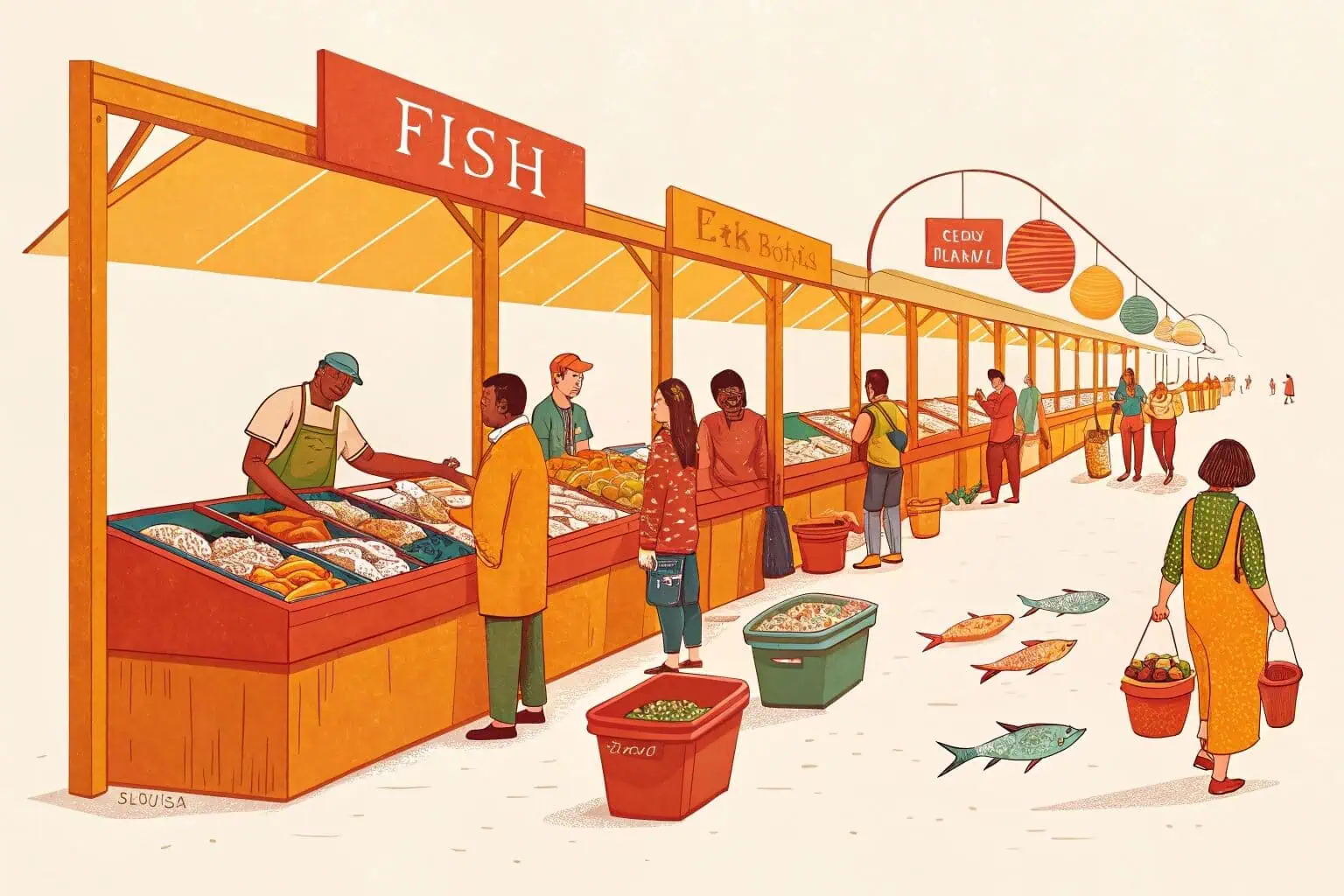
The path a fish takes from the farm to the consumer is more complex than it might seem. It involves careful planning, relationship building, and a deep understanding of market demands. For fish farmers, choosing the right sales channels is just as crucial as raising healthy fish. Let's explore the different ways they bring their products to market.
What is the most profitable fish to farm?
Are you trying to figure out which fish will bring the highest return on your investment? In the world of aquaculture, profitability is key, and choosing the right species can make all the difference between a thriving business and a struggling one.
The most profitable fish to farm are typically high-demand species like salmon and shrimp, which command premium prices in the market. These species often require more significant investment in technology and management to control water quality and prevent disease, but the potential for high returns makes them an attractive option.
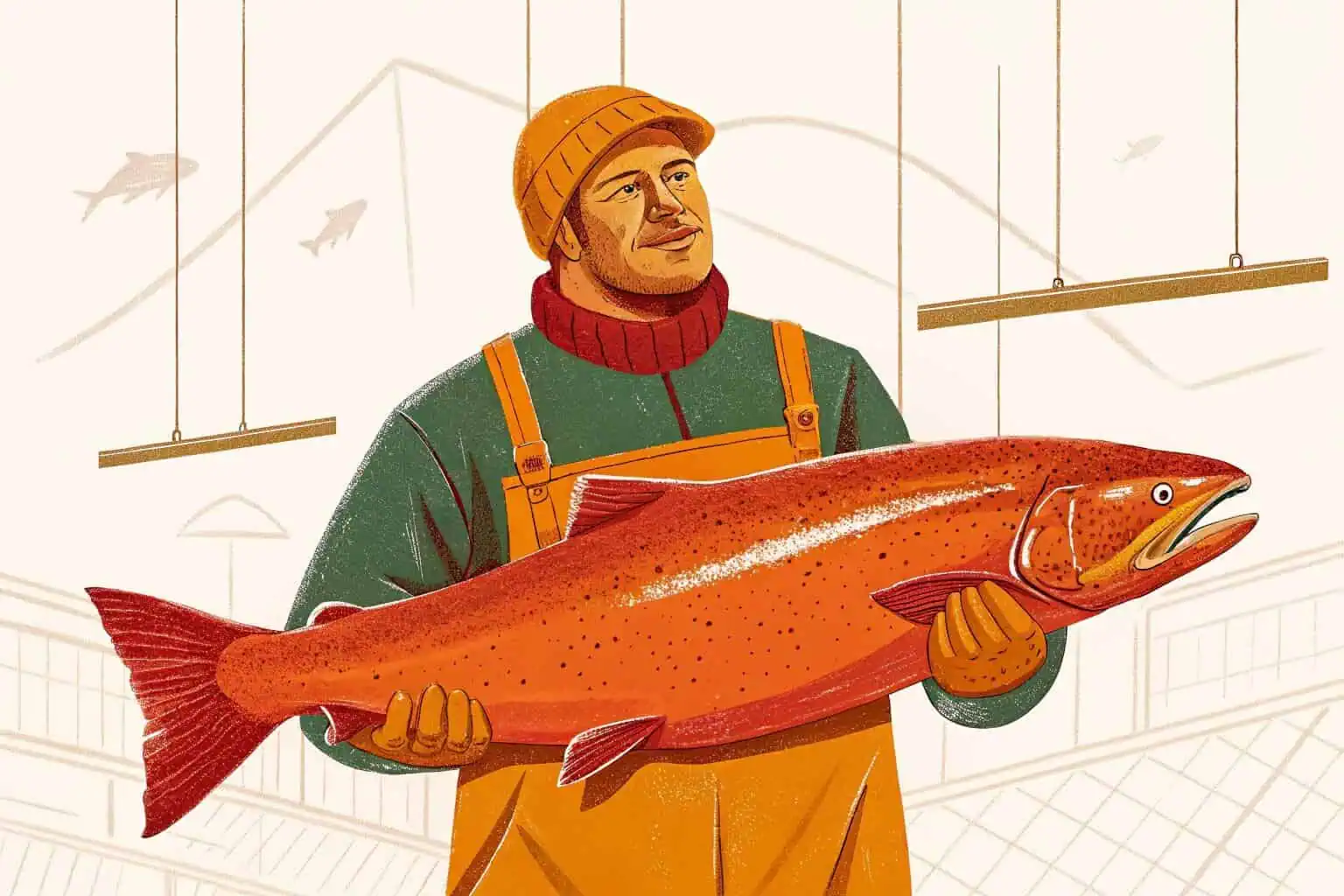
From my experience in the aquaculture industry, I've seen that while high-value species1 can be very lucrative, they also come with higher risks. Success depends on a solid business plan and a deep understanding of the specific needs of the species you choose.
High-Value Species and Market Demand
The key to profitability is market demand2. Species like salmon are popular in restaurants and supermarkets worldwide, which keeps their prices high. To succeed with these species, you need to invest in advanced systems like Recirculating Aquaculture Systems (RAS)3 to maintain optimal growing conditions. This initial investment can be substantial, but the long-term payoff can be significant.
Balancing Costs and Returns
While the potential for high profits is tempting, it's essential to balance this with the costs of production. Feed, energy, and labor are all significant expenses. For example, our collapsible fish tanks4 can help reduce initial infrastructure costs, offering a flexible and scalable solution for new and expanding farms. By carefully managing these costs, you can maximize your profitability.
| Species | Market Demand | Price Point | Farming Complexity |
|---|---|---|---|
| Salmon | High | Premium | High |
| Shrimp | High | Premium | High |
| Tilapia5 | Medium | Moderate | Low |
| Catfish | Medium | Moderate | Low |
What fish grow the fastest?
In a fast-paced world, time is money, and in fish farming, the speed at which a fish grows can significantly impact your bottom line. Are you looking for a species that can get to market quickly, allowing for a faster return on your investment?
The fastest-growing fish for farming are often species like tilapia and catfish, which can reach a marketable size in as little as six to nine months. This rapid growth cycle allows farmers to have multiple harvests per year, increasing their overall productivity and cash flow.
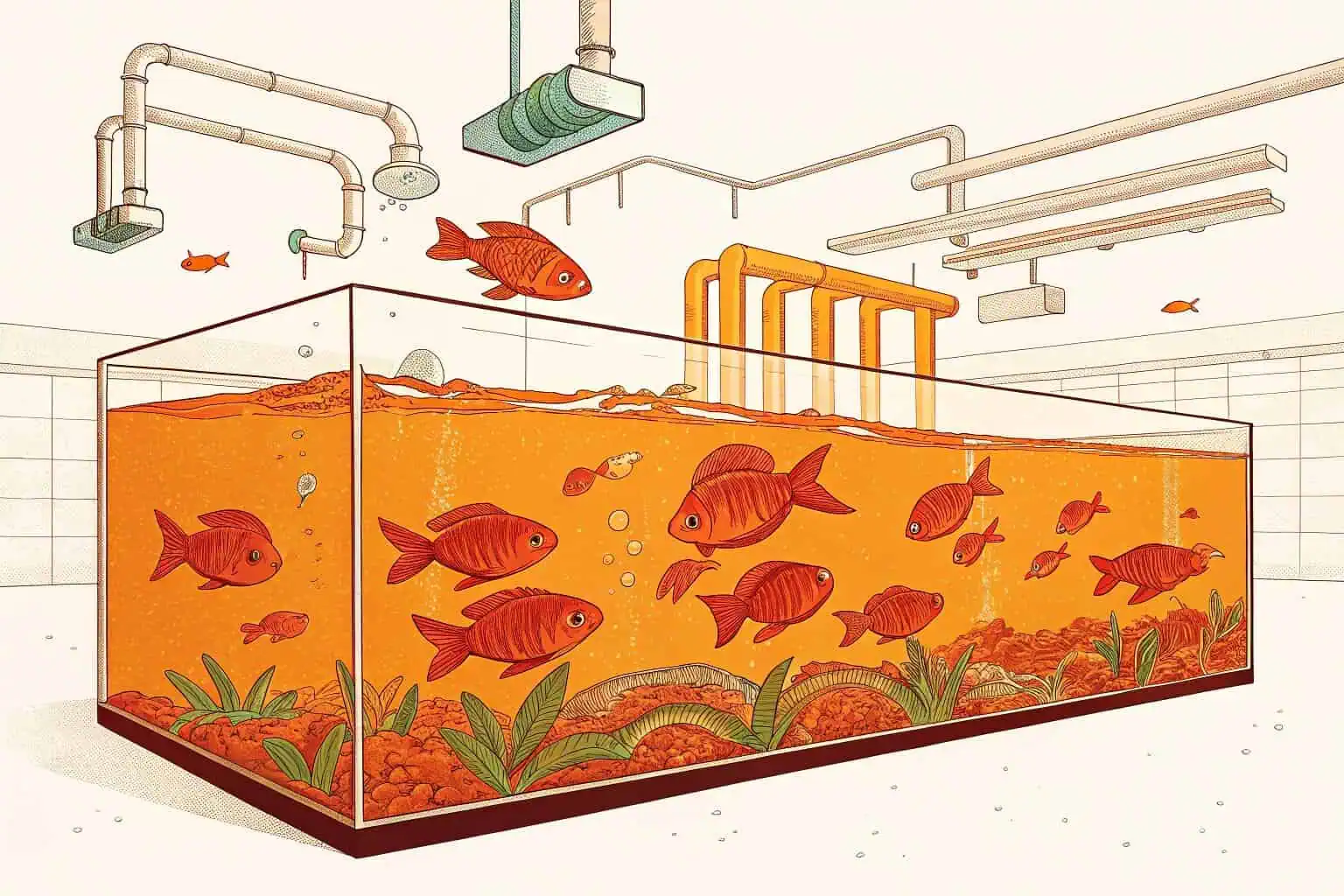
I've always been impressed by the efficiency of farming fast-growing species. It’s a great way for new farmers to get started and see a return on their investment relatively quickly. However, rapid growth also means you need to be on top of your management to ensure the fish stay healthy6.
The Advantage of a Quick Harvest
A short growth cycle7 means you can get your product to market faster and start generating revenue sooner. This is especially beneficial for new farms that need to establish a positive cash flow. Species like tilapia are not only fast-growing but also hardy, making them a resilient choice for various farming conditions.
Managing Rapid Growth
To support rapid growth, you need to provide the right environment and nutrition. This includes high-quality feed and clean water8. Our galvanized pipe fish tanks9 are an excellent option for creating a controlled environment that can support the fast growth of species like tilapia. These tanks are durable, easy to set up, and provide a stable environment for your fish to thrive.
| Species | Time to Market | Ideal Climate | Key Considerations |
|---|---|---|---|
| Tilapia | 6-9 months | Warm | Hardy, adaptable, good feed conversion ratio. |
| Catfish10 | 8-12 months | Warm | Tolerant of high-density farming, popular in many markets. |
| Trout | 9-12 months | Cold | Requires clean, cool water; popular in recreational fishing and food markets. |
| Carp | 12-18 months | Temperate | Very hardy, can tolerate a wide range of conditions. |
What is the easiest fish to farm raise?
If you're new to fish farming, you might be wondering which species is the most forgiving for a beginner. Starting with an easy-to-raise fish can help you learn the ropes of aquaculture without the high stakes of more demanding species.
The easiest fish to farm are generally hardy species like carp and tilapia, which are highly adaptable to various environmental conditions and have a lower barrier to entry for new farmers. These fish can thrive in basic pond setups and are more forgiving of fluctuations in water quality.
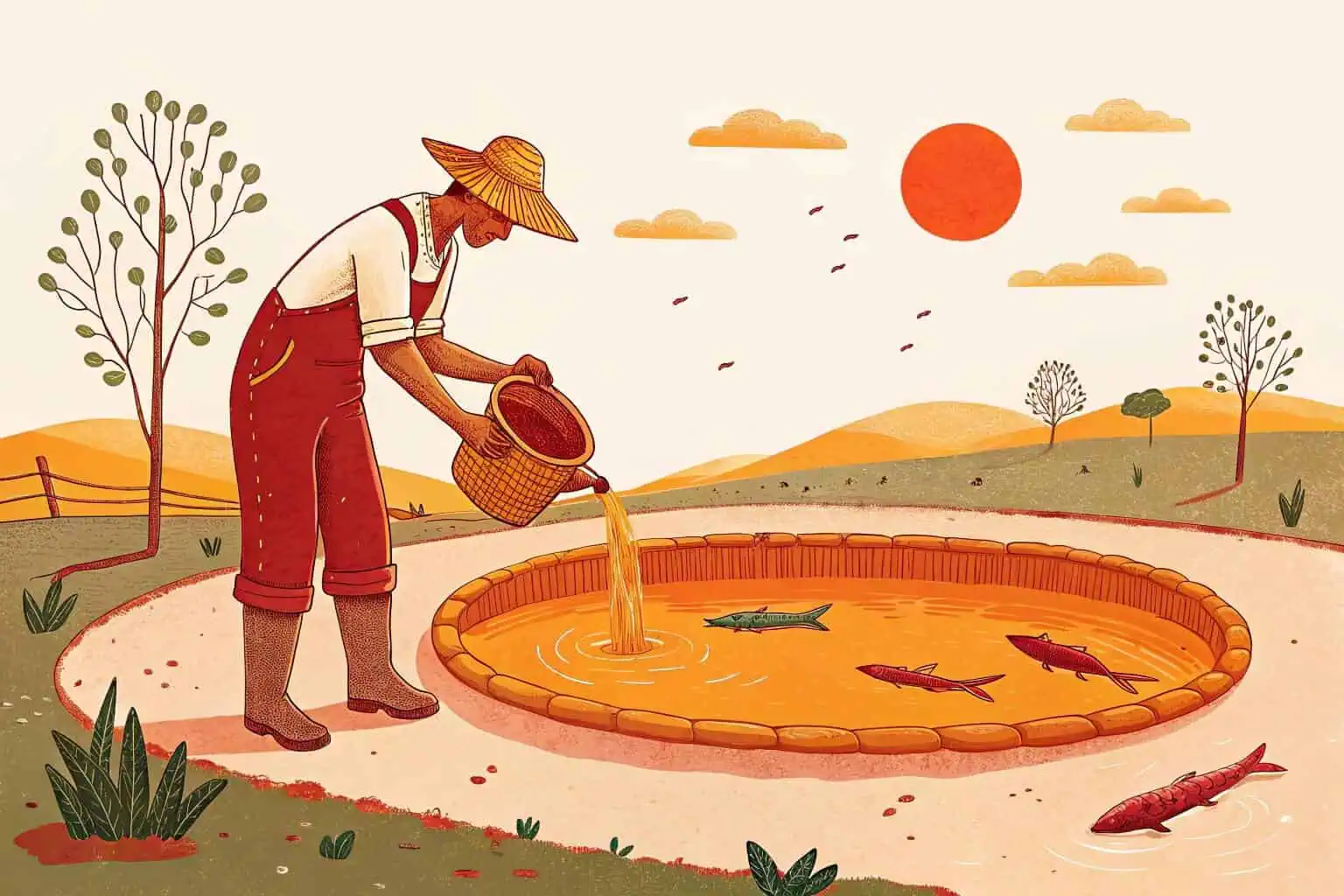
I often recommend that new farmers start with a species that is known for its resilience. It’s a great way to build confidence and gain practical experience. Once you've mastered the basics with an easy-to-raise fish11, you can then consider moving on to more challenging species.
Low-Maintenance and High-Resilience
The main advantage of farming an easy species like carp12 is that it doesn't require a lot of specialized equipment or intensive management. These fish are known for their ability to tolerate a wide range of water temperatures and quality13, which reduces the risk of losing your stock to disease or environmental stress.
Getting Started with Basic Equipment
For a beginner, the initial investment can be a major hurdle. With easy-to-raise species14, you can start with a simple setup, such as our collapsible plastic fish tanks15. These tanks are affordable, easy to install, and provide a secure environment for your fish. This allows you to get your farm up and running without a massive upfront cost.
| Species | Hardiness | Diet | Suitable Systems |
|---|---|---|---|
| Carp | Very High | Omnivorous | Ponds, collapsible tanks |
| Tilapia | High | Omnivorous | Ponds, tanks, RAS |
| Catfish | High | Carnivorous | Ponds, tanks |
| Bluegill | Medium | Omnivorous | Ponds |
What is the best fish to start farming?
Choosing the right fish to start with is one of the most important decisions a new farmer will make. Are you looking for a species that offers a good balance of profitability, fast growth, and ease of management?
The best fish to start farming is often tilapia, as it combines profitability, rapid growth, and resilience, making it an ideal choice for beginners, especially in warmer climates. It has a strong market demand and a forgiving nature, which helps new farmers navigate the learning curve of aquaculture.
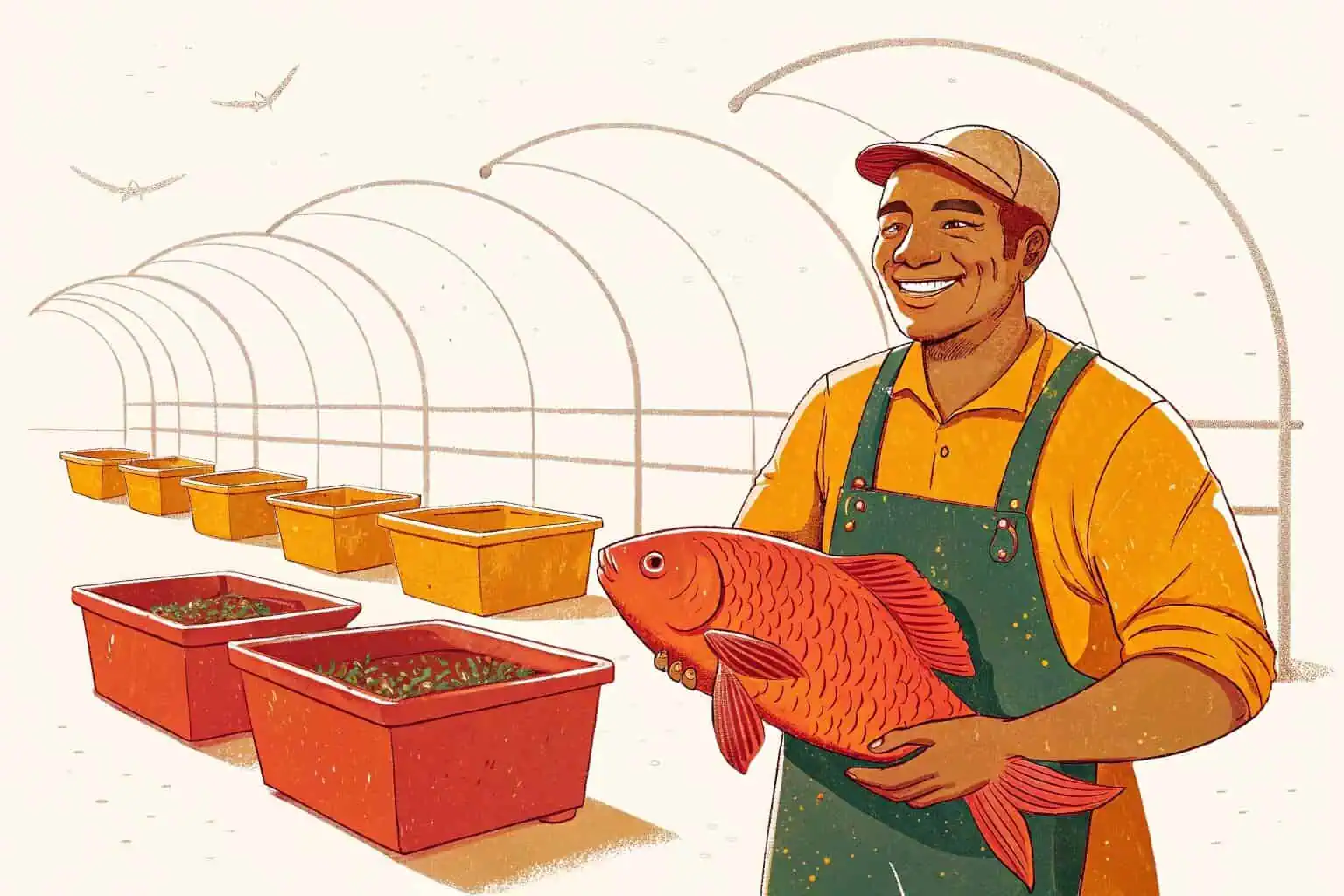
In my view, tilapia is the perfect entry point into the world of fish farming16. It offers a clear path to profitability without the overwhelming challenges of more sensitive species. It’s a choice that sets new farmers up for success.
The All-Rounder: Tilapia
Tilapia is a versatile fish that ticks all the boxes for a beginner. It grows quickly, can be farmed in a variety of systems17, and has a well-established market. This combination reduces risk and provides a solid foundation for a new farming business.
Setting Up for Success
To get started with tilapia, you'll need a reliable system that can support their growth. Our galvanized sheet fish tanks18 are a durable and cost-effective option. They are designed to withstand the elements and provide a stable environment for your fish. By starting with the right equipment and a resilient species like tilapia, you can build a successful and sustainable fish farming business.
| Factor | Why Tilapia is a Good Choice |
|---|---|
| Profitability | Good market price and strong demand. |
| Growth Speed19 | Reaches market size in 6-9 months. |
| Ease of Management20 | Hardy and adaptable to different systems. |
| Market Access | Widely accepted in global markets. |
Conclusion
Choosing the right fish is a critical first step in the aquaculture journey, balancing profitability, growth speed, and ease of management to build a successful and sustainable business.
-
Understanding the risks and benefits of high-value species can help you make informed decisions in aquaculture. ↩
-
Discover insights on how market demand drives profitability in aquaculture, helping you make informed investment decisions. ↩
-
Explore this link to understand how RAS can enhance fish farming efficiency and sustainability. ↩
-
Explore how collapsible fish tanks can significantly reduce initial costs and enhance flexibility for fish farming. ↩
-
Explore this resource to learn effective tilapia farming techniques that boost profitability and ensure sustainable practices. ↩
-
Discover essential management strategies to keep your fish healthy and ensure a productive aquaculture operation. ↩
-
Learn how a short growth cycle can help you bring products to market faster and improve cash flow. ↩
-
Learn why optimal nutrition and water quality are crucial for supporting rapid growth in aquaculture. ↩
-
Explore this resource to understand how galvanized pipe fish tanks can create a controlled, durable environment for rapid fish growth. ↩
-
Explore this resource to learn effective strategies for high-density catfish farming and optimal growth conditions. ↩
-
Learn about the easiest fish to raise, providing practical guidance for new farmers to build confidence and experience. ↩
-
Explore this link to understand why carp farming is accessible and low-risk for beginners. ↩
-
Learn about carp's adaptability to different water conditions, making them ideal for diverse farming environments. ↩
-
Find out which species are best suited for beginners to ensure a successful start in aquaculture. ↩
-
Explore this resource to understand why collapsible plastic fish tanks are an ideal, affordable choice for beginners starting aquaculture. ↩
-
Learn essential tips and strategies for starting a successful fish farming venture from industry experts. ↩
-
Learn about various farming systems for Tilapia to optimize your aquaculture setup and increase success chances. ↩
-
Explore this resource to understand why galvanized sheet fish tanks are a durable and cost-effective choice for supporting tilapia growth. ↩
-
Explore this resource to understand how to optimize tilapia growth speed for a more profitable fish farming business. ↩
-
Explore this resource to learn effective strategies for managing tilapia farms efficiently and ensuring a successful operation. ↩